Earlier this year, I published a piece on the highs and lows from my 150+ articles about the 2022 tabletop business. Of course, there were lists of the best and most disappointing games of the year, but also some categories that we hadn’t previously covered in the past.
One of those categories: rulebooks. I can’t really explain why this is, but within our team chat, we regularly highlight the fact that instruction manuals for many games do an average-or-worse job of explaining the core concepts of play.
This is especially important for critical media and content creators, because when most of us receive a new game, the game might not even be at retail yet. That means that the game doesn’t have the benefit of a teach video available for press. This also means there are no extensive updates on BGG’s Forums or Files pages with people who have sourced ideas and built those into player aids that correct certain rules errata.
This made some game manuals stand out, and by the fall, I was desperate to find a couple of clean, straightforward rulebooks that made a heavier game easy to understand and teach to others. When Tiletum hit my front porch, I was fired up about the game; anything in the “T” series is going to get my attention. After ripping off the shrink and opening the rulebook, I could tell that it was happening.
This is the best rulebook I’ve ever read, I thought. After one read, I was able to do my “dummy hand” three-player game. Save for keeping the iconography section open, I had all the rules down pat.
I checked the back of the rulebook for the credits; when I found the names of Emanuela and Robert Pratt, I immediately wanted to find out what other work they had done in the rules space. Then a funny thing happened: I realized that I already knew Robert, because he was the sales contact at Mindclash Games and a guy I had already been working with when visiting Mindclash at conventions.
This led to some fun conversations and, eventually, the interview below. I met with Emanuela (Emmy) and Robert in the outdoor food truck pavilion at Gen Con 2023; our 40-minute conversation was recorded and is transcribed below. My questions and their answers are edited for brevity.

Justin Bell: Thanks for taking the time to speak with me! A lot of what our team at Meeple Mountain has been concerned with lately concerns rulebooks. Rulebooks have really gotten spotty.
Emanuela Pratt: I wonder how much of this [issue with rulebooks] is tied to people trying to keep up with the demand for new games? Maybe we are rushing?
Robert Pratt: Maybe it is a bit of a combination. If you look at older games, and the rulebooks from older games, then compare them to modern games, it’s so much easier nowadays to make a new game—self publishing, the ability to communicate with factories in China, etc.—and it’s so much easier to raise money to make a new game.
Sometimes, people really think they can do everything, right? There are less people involved in the process—the person who designs the game also tries to do so many other things with a tight budget. That includes doing the rules for a game. Because of this, smaller publishers sometimes have to do too many things with not enough resources, and where they miss are some of the perceived little things, like proofreading the rules.
A lot of playtests are done in person, with a live teach; often, people are learning games directly from the designer and not from a rulebook. Lots of media people are hearing from publishers and learning new games without a rulebook as well. Sometimes, you have people making English rules that maybe don’t have English as their primary language, or they speak English, but it’s Australian English, or it’s southwest United States English, and, and you’re reading it now, as a British person.
So there’s a lot of complexity that goes into rulebook writing that a lot of people don’t realize. An initial version of a rulebook (in a PDF format) comes out, but later, someone could make small updates to a file. This reduces the stress of rulebook perfection on the front end for many people, which is why you might be seeing that some rulebooks aren’t always perfect right out of the box.
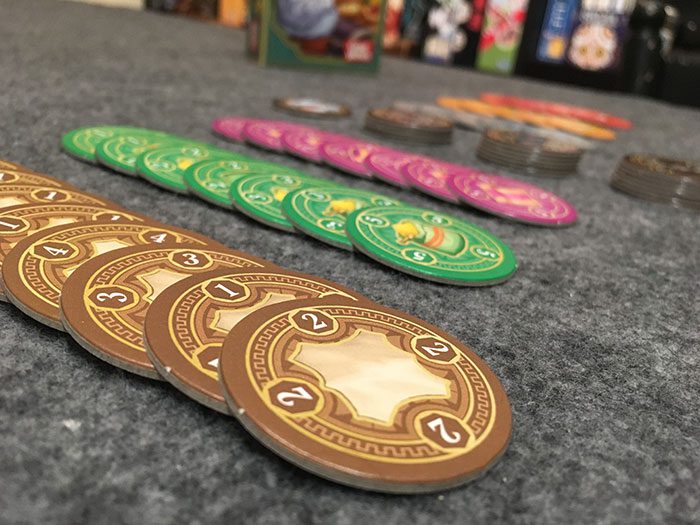
JB: I thought Tiletum had maybe the best rulebook I’ve ever read, particularly when it came to translating what the game wanted to do, and teaching that to new players to ensure that everyone gets everything right.
I’m always curious to learn about a creator’s inspirations. Are there inspirations you have that were other rules writers, other teachers or people in the industry that motivated you to work on the hobby?
RP: Well…we kind of just stumbled into it, honestly. We got into board games in 2014, playing lighter games.
EP: One of our friends came over and taught us Jaipur and Pandemic. Before that, our only experience was CATAN…and we hated it! I loved Jaipur and Pandemic. That got me into seeing Tabletop on YouTube and that got me to BGG. I saw a Rahdo teach video on Anachrony, and that got me onto Kickstarter! I backed the game, then I found myself answering a lot of questions about Anachrony on BGG, and that’s how I met David Turczi. He asked me if I wanted to playtest his designs! That’s when I told Robert, “Hey, you wanna do this with me?”
At that point, Mindclash asked us to look over a game called Cerebria: The Inside World.
RP: We did the first “how to play” video for Anachrony, and that really got Mindclash’s attention. That got us a chance to blind playtest Cerebria, mainly to see if we could break it. Which, we did…I brought their attention to the fact that when a turn ends and you have no willpower [the in-game currency of Cerebria], the first action of that player’s next turn is always to get willpower. So now, there’s a rule in the game that allows players to always end their action with at least one willpower.
EP: Once we did that, Mindclash asked if we would help with the editing for the rules for Cerebria. And they were very pleased with what we were able to catch, so then we were invited to do other rulebooks for them. That led to David asking, “can you do all my rulebooks?”
That led to connections with Board&Dice, Mighty Boards, PSC Games…and David keeps telling us if we want more work, he’s happy to bring it to us because he’s pumping out so many games.
Often, David pitches his services and says that he can bring his own design team, his own editing team. David is like, “I have editors that I know, get my stuff, and I want them on my team.”

JB: David Turczi makes a LOT of games. Are you saying that you are turning down more work??
EP: David has offered, and sometimes we have to tell him that we can’t take on any more right now!
RP: Right now, we work with Board&Dice a lot, with Tabula Games, plus on a game called Terrorscape from ICE Makes, so we have a lot of work in the pipeline right now. The big thing about working with David: we have an easier time trying to translate what David wants to say when describing some of the rules for his systems. And that helps a lot when we’re on that same page.
JB: Who else have you worked with like David? Anyone you’ve worked with, where you feel like you have the rhythm down with what that designer is trying to convey with their game.
RP: Mighty Boards, Board&Dice, Mindclash. They’re the ones we work with the most. We’re getting there somewhat with Mighty Boards, but we haven’t worked on their projects as much. Getting the style right is so important.
An analogy: if we were doing our jobs correctly, you never knew we were there. Like, you weren’t there saying that IT did a great job, you know?
No, the system didn’t break. That was the job: the tuba didn’t overplay. So that’s kind of how we do rulebooks. In many ways, we don’t want you to know that we were there. You’re reading a Mindclash rulebook, and that’s it. The quality should just be there.
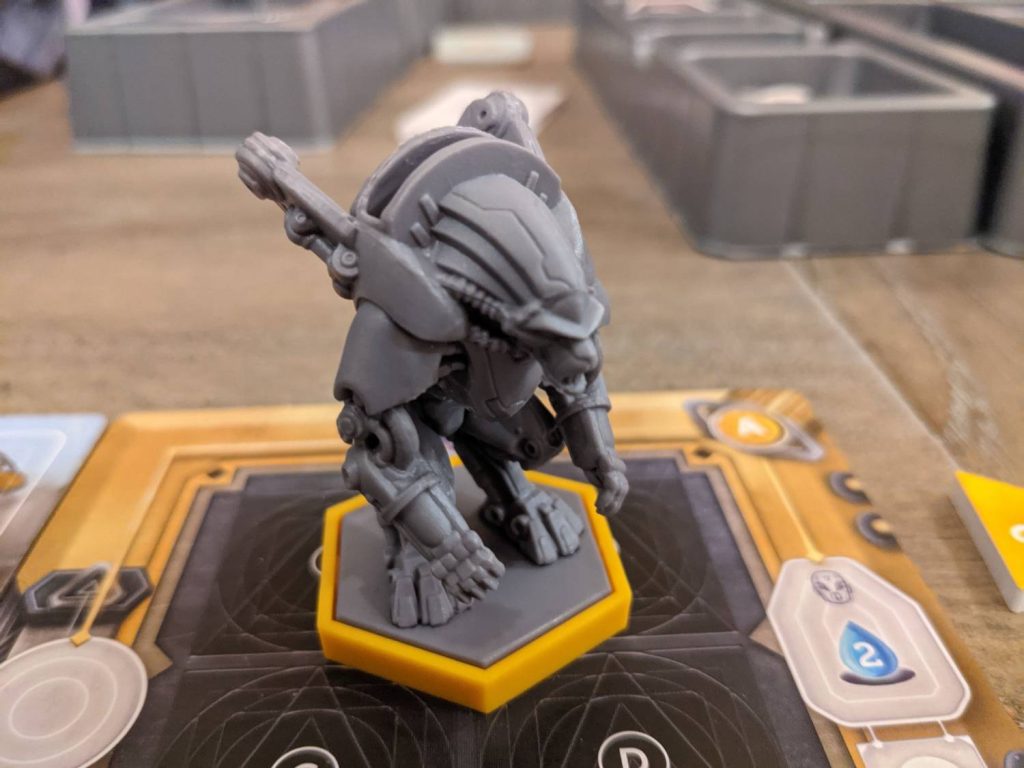
JB: I would love to know if the two of you have a personal credo, a brand? Let’s say you’ve got a new project in front of you, and you are about to kick things off. What initial steps do you take with a new rulebook in terms of proofreading and clarifying the action?
EP: So, Robert will learn the game one on one with the team.
RP: I am very good at learning new games purely from the rulebook, even if it’s just a Google doc, I can usually read and fully understand the mechanics just from that. Sometimes I’ll meet with the designers, and they’ll go through and I’ll play the game with the designers just to make sure they’ve written the initial rulebooks correctly, because if you write the rule wrong then it’s gonna be wrong and I’ll play it wrong, while I assume it is right.
We always request a chance to play the game online (using tools like Tabletopia or Tabletop Simulator), or get a prototype to play the physical game. We find it very important that we’re able to play the game all the way through. We set the game up. Now, do the components look like they will make sense? Can we follow the rules to complete the game?
EP: Robert and I learn the game differently. I cannot read a rulebook, then go straight into playing a game. I will go from the rulebook and try to play. It’s inevitable that at some point, I ask the question: “Wait, this doesn’t make any sense…why is this happening?”
Sometimes, we’ll get to the point in a draft where an action doesn’t make sense. For example, we edited the rulebook for the upcoming Board&Dice game Barcelona. In the first draft of the rules, it said that you could “Improve a Modernisme Project.” During our plays, this didn’t always make sense; I kept forgetting that I could perform this action even if I didn’t have a Modernisme Project tile on that space. So, we made a simple change based on my consistent misunderstanding of what the designer wanted to do here…so we changed the action name to “Improve a Modernisme Project space” instead.
RP: We kind of joke that when we first watched Amy and Maggie of ThinkerThemer, that this is so us…Emanuela is definitely the “Themer” of our relationship, and I’m all about the mechanics; we bring that same approach to how we write and edit rulebooks.
EP: It’s so true! I’m always asking the “why” when it comes to these rulebooks, and I think that approach has helped us with how we help build these documents.
RP: In our rulebooks, the mechanics are there. I really love technical manuals, and my brain will get most of the connections. We do our first edits separately; I’ll do the first pass, then Emmy will do a pass, then we play the game together with our initial understanding of how to play the game.
We’re working on a rulebook now for an upcoming game, and we had an instance where the two of us had two different interpretations of the same action. That has helped us with our process, because sometimes we do three separate passes of the rules: mine, Emmy’s, then ours, together.
JB: It’s rare, right? Having a couple develop a rulebook?
RP: As far as I know, yes!
EP: I think it works for us because we think so differently.

JB: How long does it take to make a rulebook for the kinds of games you work on?
RP: We generally spend about 40-80 hours to edit a rulebook. It depends on the project. Most of the time, that’s what we budget for, and we can usually do what we need to do in that timeframe. Games like Astra, or lighter games that we recently did for Board&Dice, those are on the 40-hour end. Other times, like Nucleum, that might push closer to the 60-to-80-hour timeframe.
JB: Let’s go with a round of rapid-fire questions. Back of the rulebook: should it be reserved as a player aid?
RP: No! I think it should be a glossary, not a player aid. The rulebook should not be passed around, and player aids should sit with the players.
EP: Agreed that there should be a glossary or game/turn structure overview. Blank pages are a missed opportunity.
JB: Player aids…required?
EP/RP: Sometimes.
JB: Why would they not be required?
EP: The weight of the game. Lighter games don’t really need them, but medium weight games and heavier do.
JB: Funny you mention that then…Tiletum! Why are there no player aids?
RP [flashing a wry smile]: Yeah yeah, we know…and Board&Dice knows too. They needed player aids for that game. There are a lot of icons.
EP: We can suggest player aids and component changes, but that’s not really our job to decide on.
RP: We have been more vocal in this area though. Whenever a publisher wants to go with artwork on the back of a manual instead of a glossary or an aid, we leave comments now—”please put the most player-friendly information on the back!”
We also know the financial cost of what it means to add things like player aids to the box, or another page or two to the manual, so we try to strike that balance when it comes to the value proposition as well.
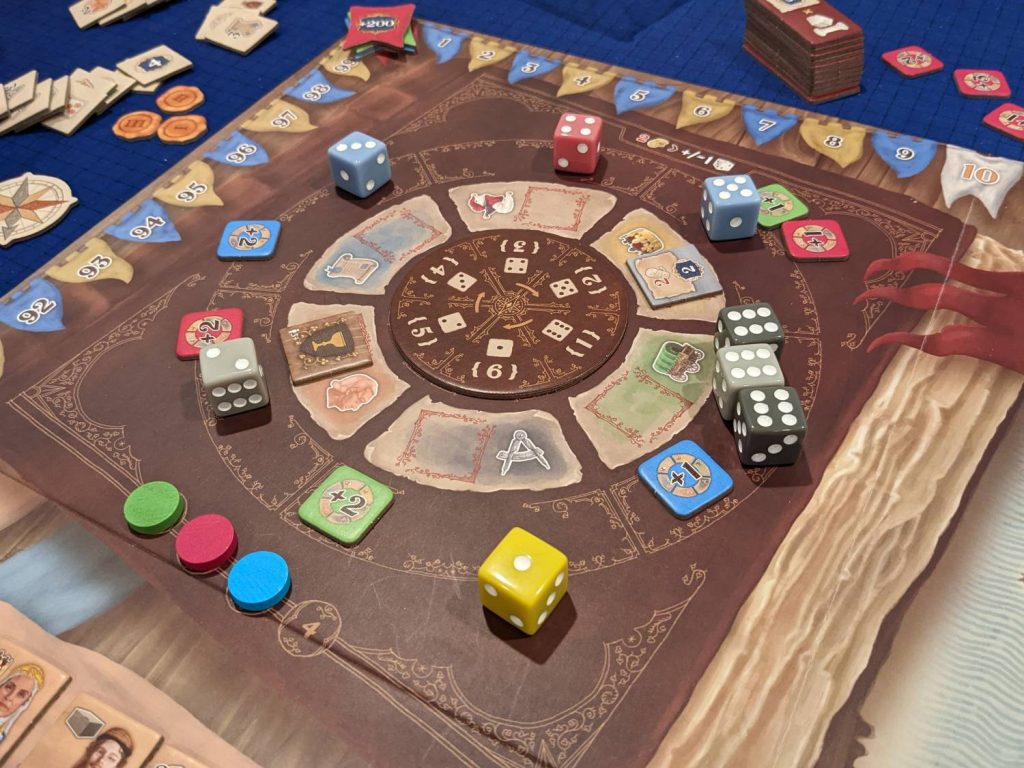
JB: How heavy is too heavy for the two of you to take on a new project?
RP: I’m OK with layered mechanical complexity in a game, but when we are talking about something like a Lacerda, where the depth is in the level of decision space, that takes a lot more time to work through, because I have to play games like that more to get ready to work on a rulebook.
JB: Separate rulebooks for first-play experiences?
EP/RP: NO, NO, NO!!! [ed—this may have been the most visceral reaction of the interview]
RP: I think it takes away a bit from the main rulebook when people have multiple rulebooks to consult to play a game. The first play manual for some of these games is nice to have, but a well-written rulebook probably takes the place of what a learn-to-play manual has to offer.
Now, here’s what we are fans of—examples of rounds of play in the back of the rulebook. [ed—I used the example of a standard round of play in the rulebook for 1846: The Race for the Midwest.] If you just want to include some text on an example where three sample players are doing the normal actions of a round or completing a game and doing end-round scoring, so that players can see an example, fine. But an entire manual dedicated to showing players how to play by almost playing the game for them, telling them what actions to take to learn the game? No!
EP: With learn-to-play manuals, a frequent problem we’ve encountered is that they will leave out things like edge cases that the publisher or designer expects we wouldn’t encounter in a first game. And then when we play, we get an edge case, so we end up consulting the main rulebook anyway. It makes for a very frustrating experience. We much prefer one good rulebook over one complete rulebook and one rulebook missing what could be important details to get you playing the game sooner.
RP: The other problem with splitting that we’ve seen is that you increase the chance of having contradictions between the books or may mention an important rule in the learn-to-play but not the “complete” rulebook because the expectation might be that you already saw it in the learn-to-play, so it purposely isn’t repeated.
JB: Picture examples in the manual?
EP: Heck, yeah! The big thing with all the picture examples you see in our manuals is to illustrate what we might call “elevated” play examples. Gameplay instances that are beyond the simple explanation of the action, to call out something that might be considered an edge case, to show how that action might play out. And so many people are visual learners. You have to have that in the manual.
JB: Table of contents?
EP [shoulder shrug]: I think this is nice to have, but not a requirement. The manual is essentially a reference guide that we hope players won’t have to go back to regularly in most cases, and usually only the game owner/teacher needs to know it well. That person can usually find what they need in certain situations, so if the manual is laid out well, they should be fine.
JB: Who, or what manuals, are your personal models for greatness? You can’t use any of your own work for this answer.
RP: Well, we don’t really model ourselves after someone else because we try to match those of the publishers we work with. Outside of rulebooks, Emmy and I don’t even have the same writing style as each other!
JB: Well, what are some of the rulebooks that you’ve enjoyed reading?
EP: The manual for Dungeon Lords, from Czech Games Edition, was always one of my favorites, in part because of how well it integrates the theme and humor into explaining the rules without distracting from them, much like other CGE manuals. Alchemists is another one.
RP: This is a funny question, because I’ve read so many rulebooks, but I can’t think of one that really stands out. I’ll think about this one for our next interview!
Thanks so much to Emanuela and Robert for taking the time to chat about your work. We look forward to seeing you on many upcoming projects soon!



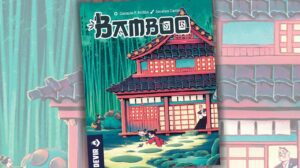

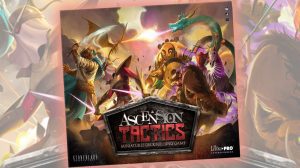





Add Comment